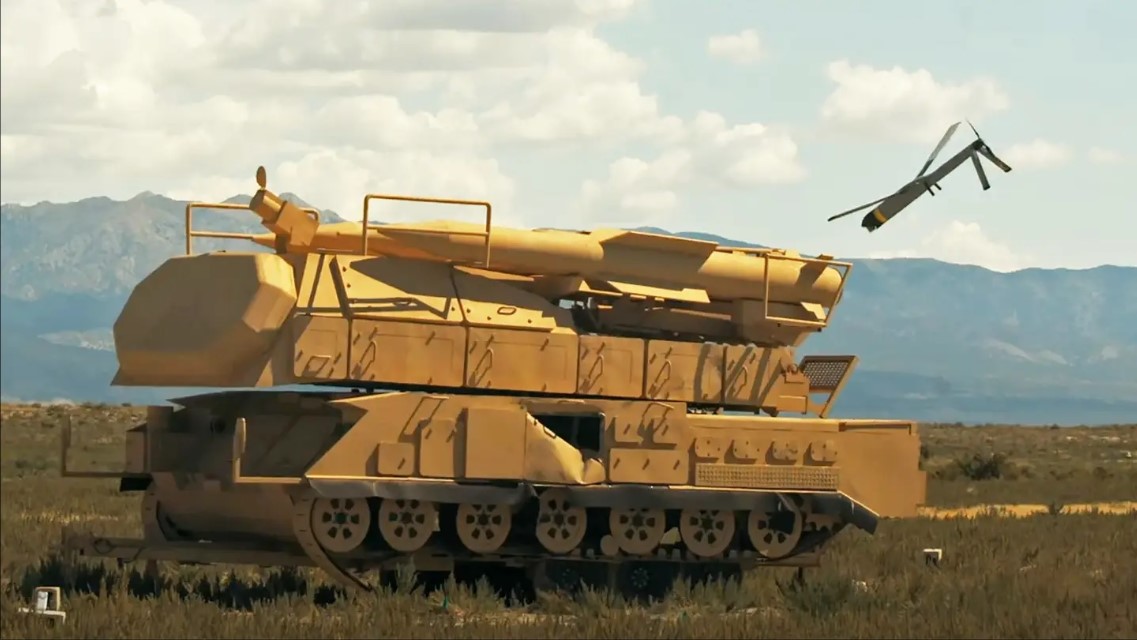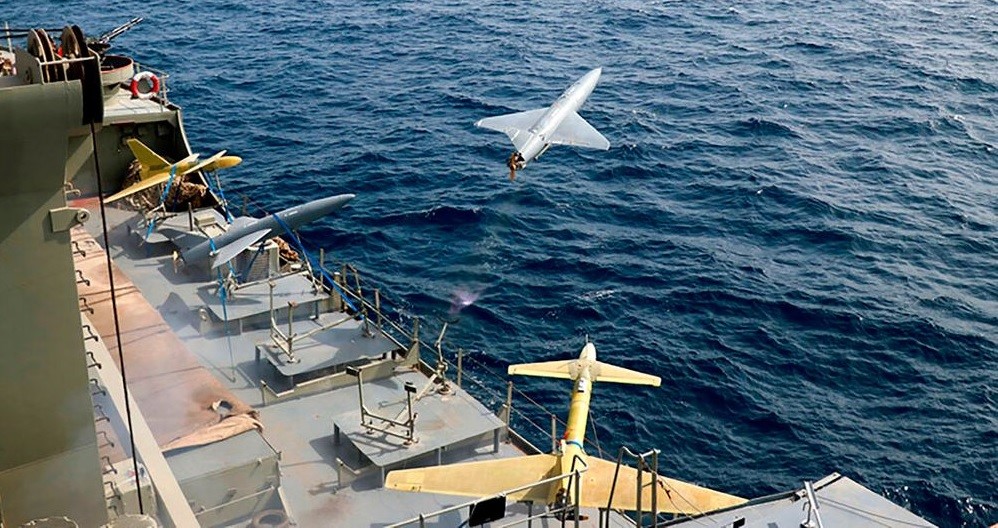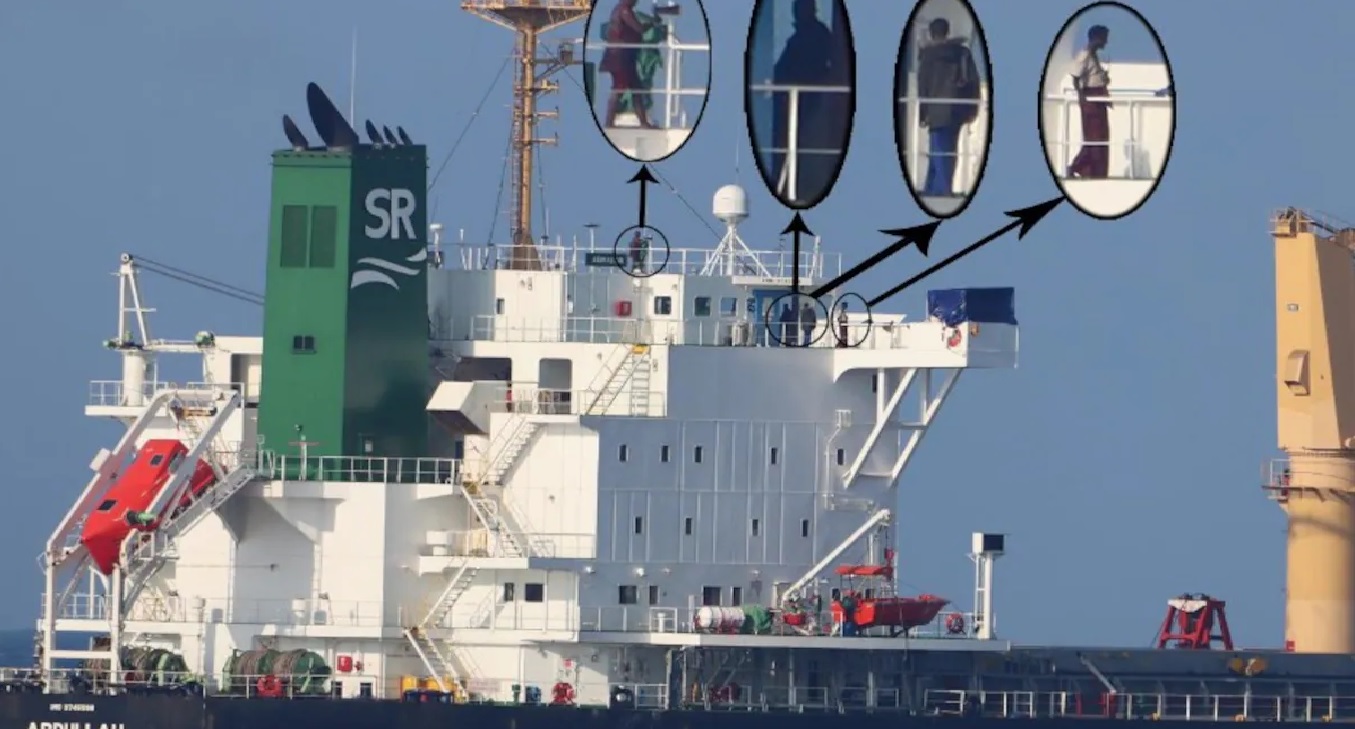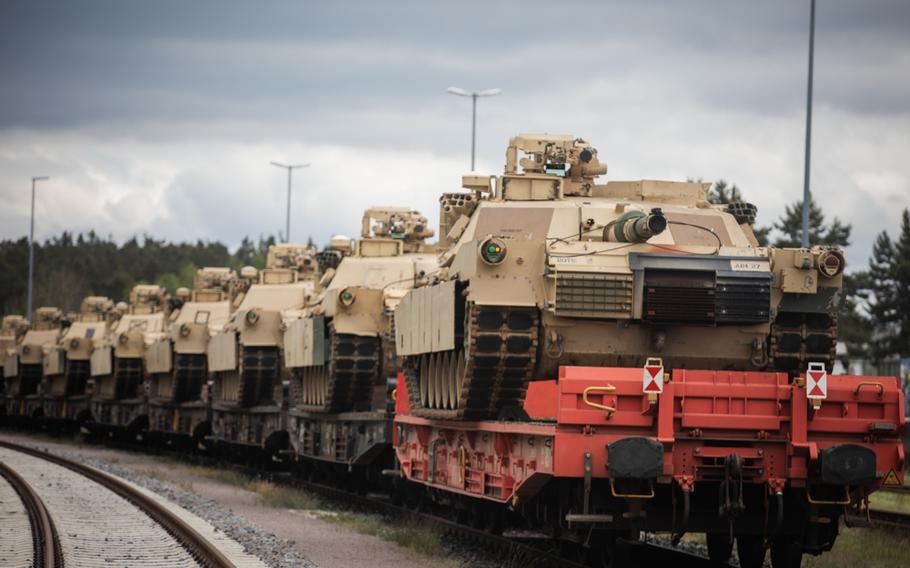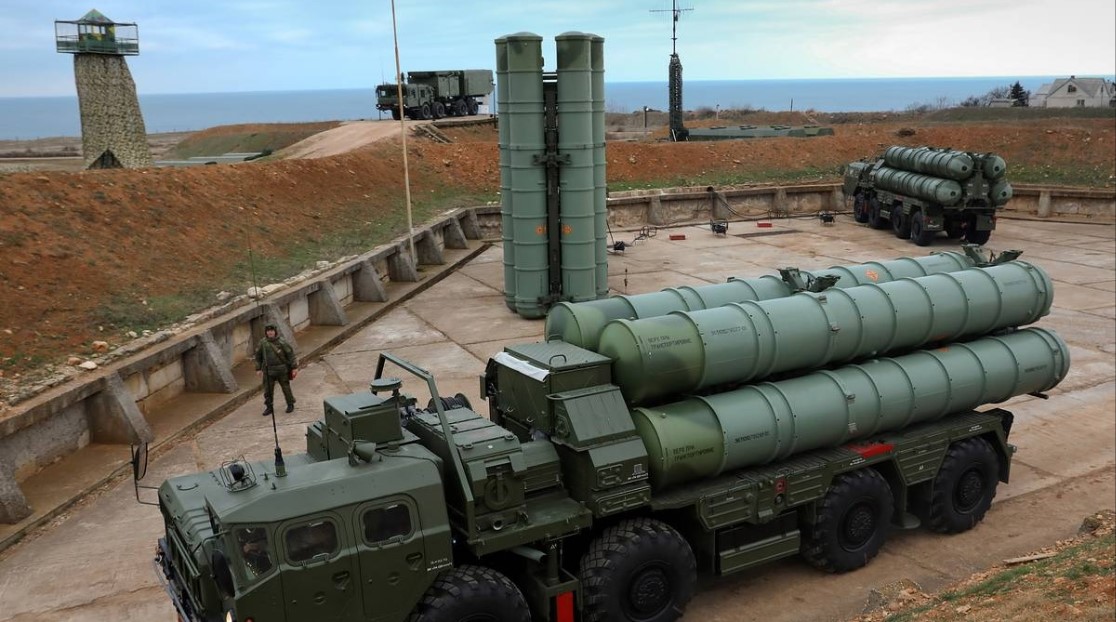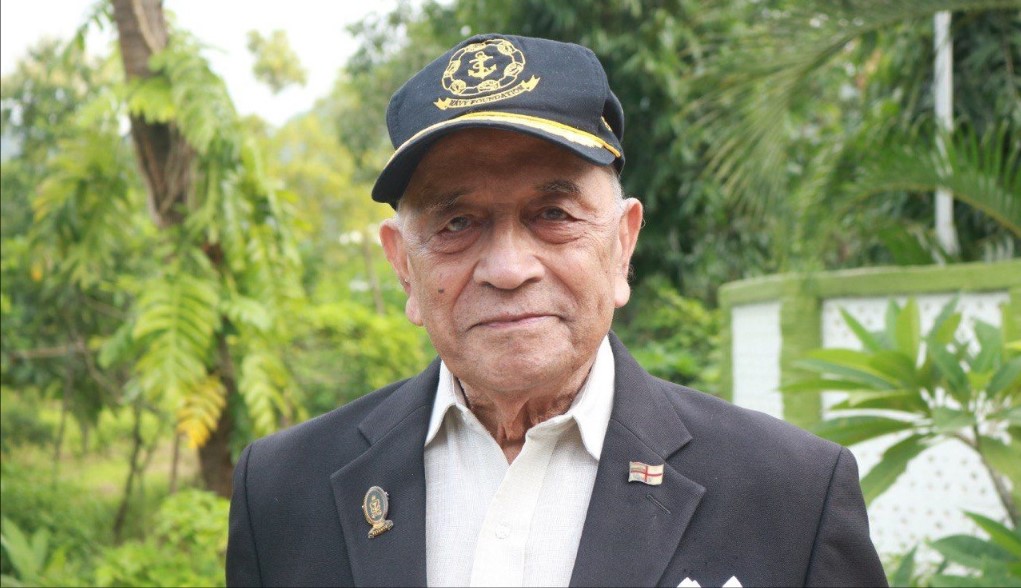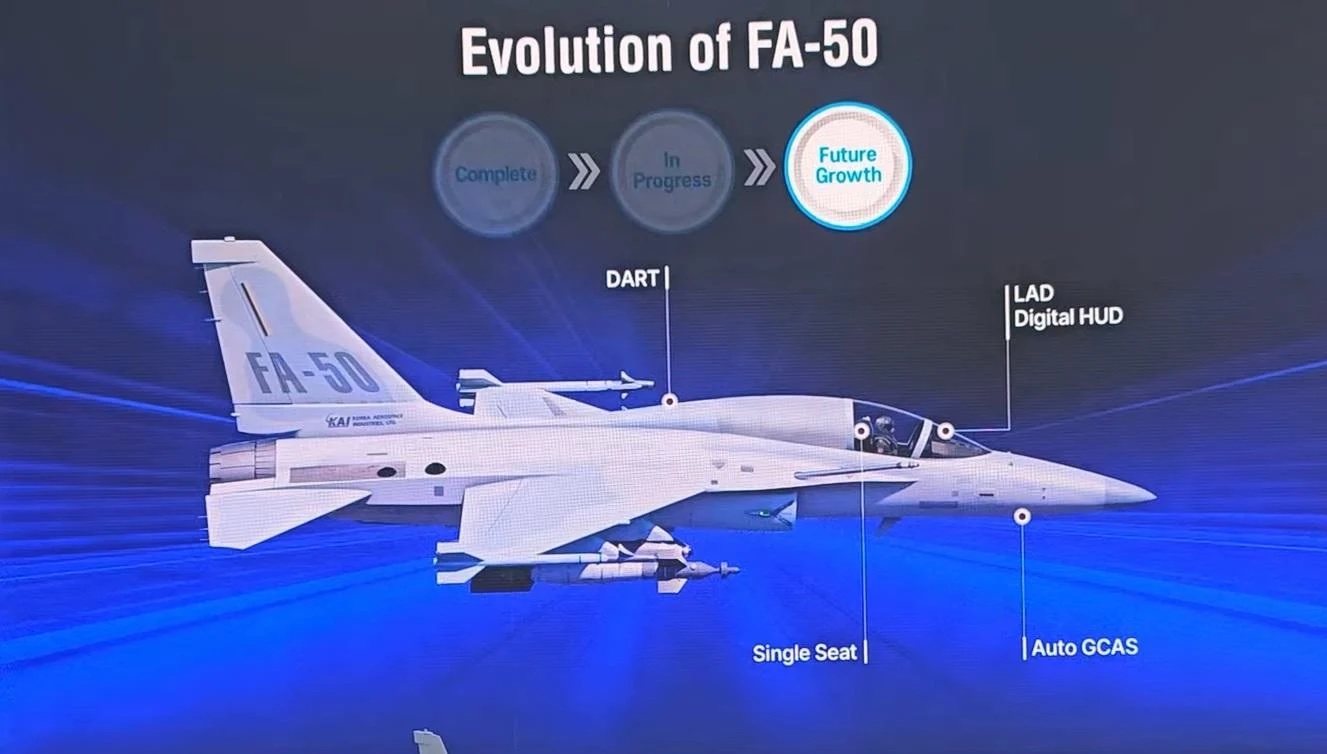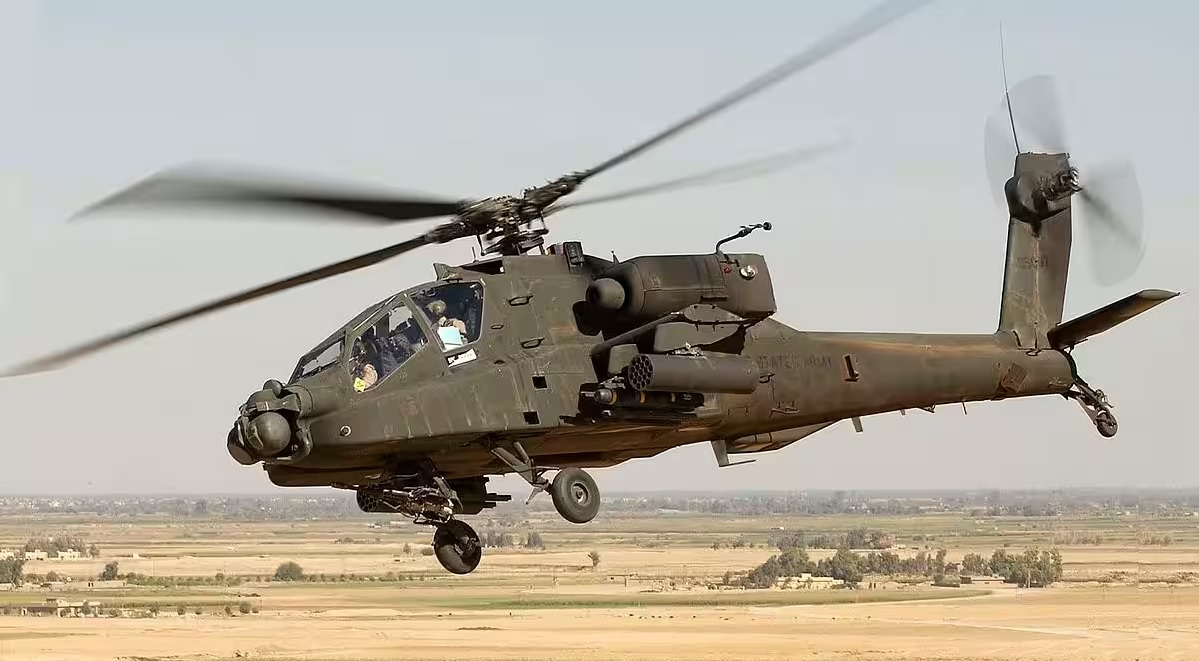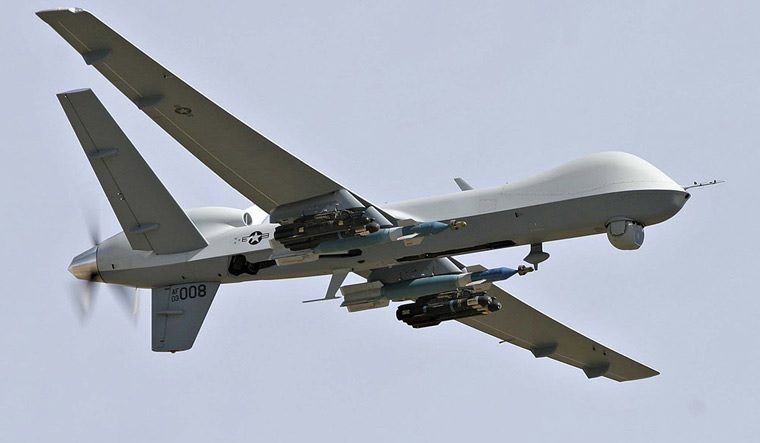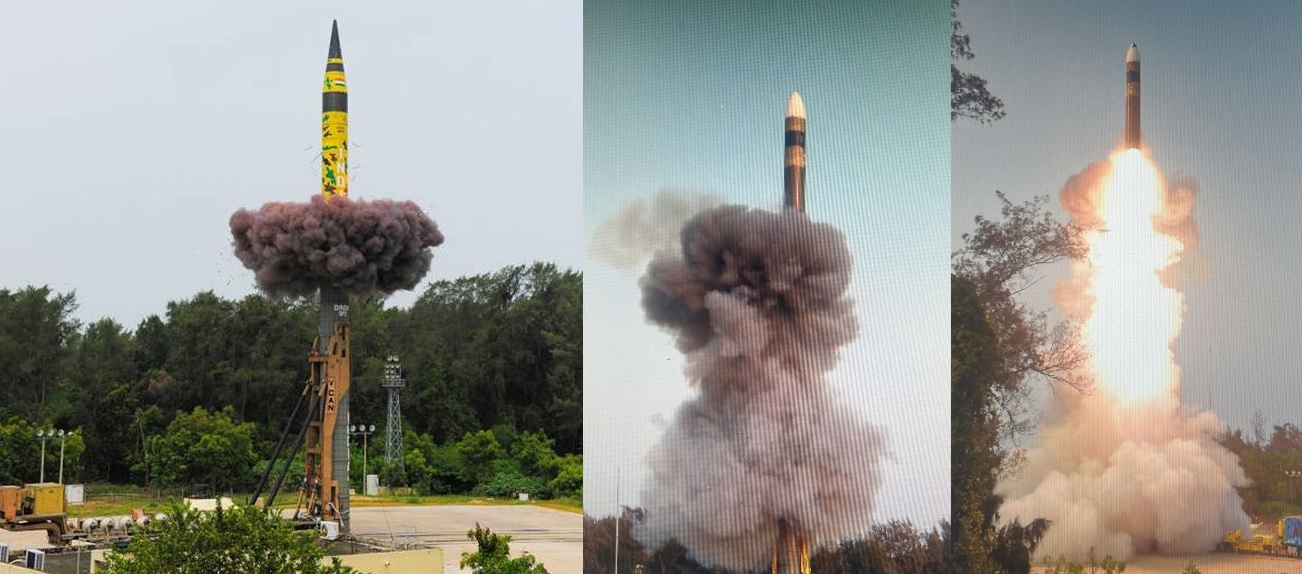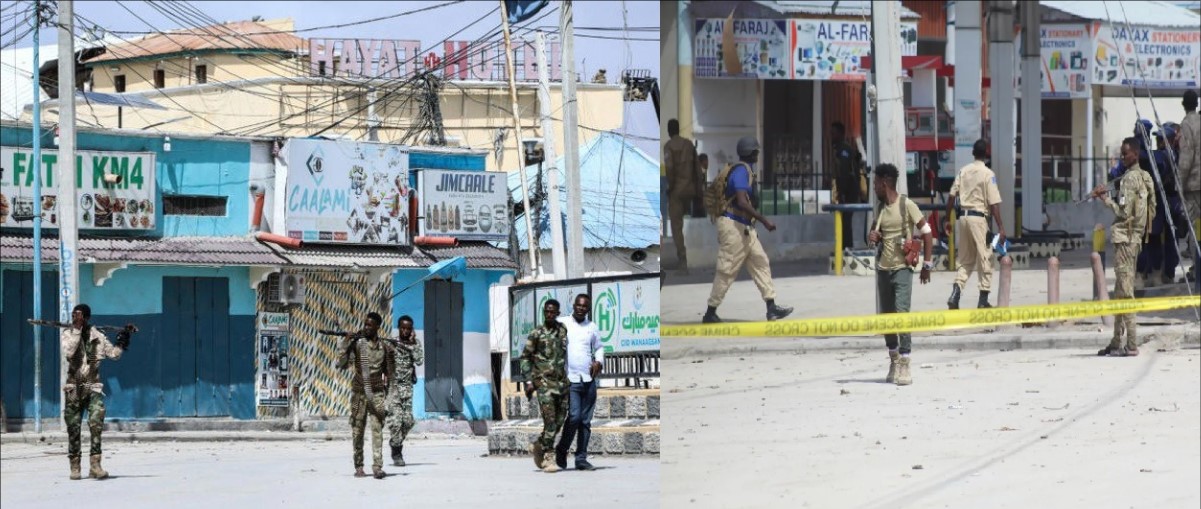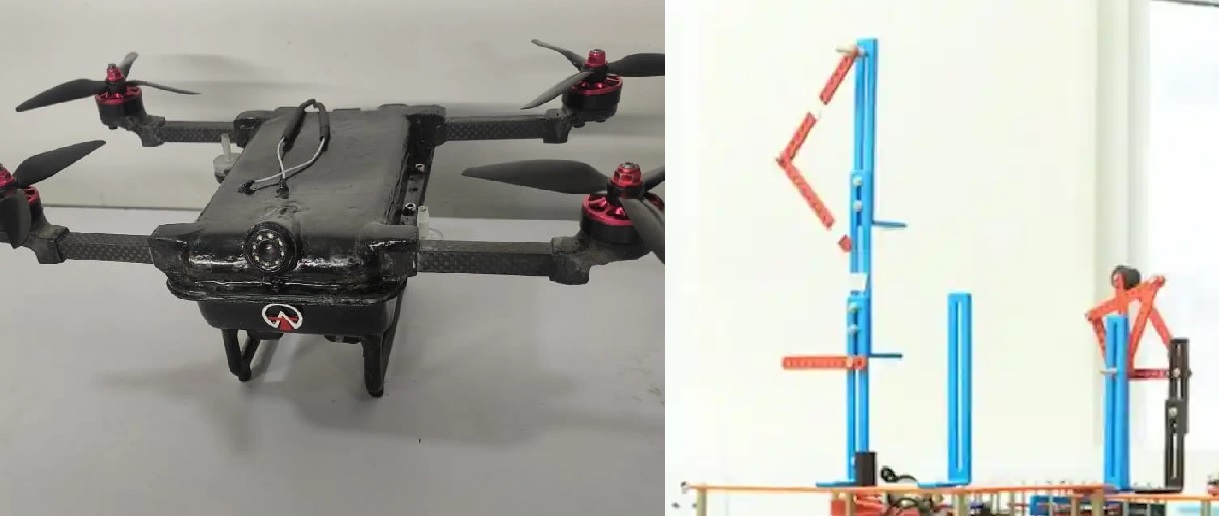India
Defense News ,India :- In a critical development in Silicon Valley, a gathering of distinguished Indian-Americans convened a high-level meeting with senior officials from the Department of Justice, the FBI, and local law enforcement agencies. Their primary concern: the exploitation of US territory for terrorist activities directed against India. Amidst a surge in hate crimes targeting Hindu establishments in California, this assembly sought to address pressing issues and demand concrete action from American law enforcement.Initiated by community leader Ajai Jain Bhutoria, the meeting aimed to tackle the escalating wave of hate crimes against Hindu and Jain places of worship. Attended by approximately two dozen prominent Indian-Americans, the gathering featured key figures such as Vincent Plair and Harpreet Singh Mokha from the Department of Justice's Community Relations Service, alongside representatives from the FBI and various police departments including San Francisco, Milpitas, Freemont, and Newark.Expressing deep-seated dissatisfaction, Indian-Americans voiced their concerns over the perceived inaction of US law enforcement agencies against individuals promoting terrorism activities targeting India. Reports from attendees indicated a palpable sense of fear and anxiety within the community, exacerbated by the brazenness of those involved in such activities.One recurring grievance centered on the apparent impunity enjoyed by individuals associated with the Khalistan movement, who have been implicated in a series of threatening actions including attempts to burn down the Indian consulate in San Francisco. Moreover, participants lamented the lack of proactive measures by authorities in addressing the overt intimidation tactics employed by Khalistan supporters, including the placement of trucks outside schools and Indian grocery stores to intimidate young Indian-Americans.Despite assurances from senior law enforcement officials regarding their commitment to addressing hate crimes, attendees highlighted a concerning lack of awareness regarding the Khalistan movement and its implications. Moreover, logistical constraints and competing priorities were cited as barriers to swift action, leaving many within the Indian-American community disillusioned with the efficacy of current law enforcement efforts.Ajai Jain Bhutoria, reflecting on the urgency of the situation, emphasized the need for collective action in the face of escalating threats against Hindu places of worship. Citing a spate of recent attacks on temples in the Bay Area, Bhutoria underscored the imperative of unity among community leaders and law enforcement agencies in safeguarding religious institutions and combating hate crimes.Sukhi Chahal, a prominent Sikh leader, echoed Bhutoria's sentiments, highlighting the alarming trend of Khalistani supporters targeting Hindu temples and disseminating provocative messages. Emphasizing the potential ramifications of such actions on societal harmony and bilateral relations between India and the US, Chahal urged authorities to confront the menace of hate speech and radicalization head-on.In response to these pressing concerns, it was agreed upon that a collaborative effort involving the US Department of Justice would be initiated to establish a working group dedicated to enhancing security measures at places of worship and facilitating systematic reporting of hate crimes. This inclusive approach would ensure representation from various segments of the Indian-American community, fostering a sense of ownership and accountability in addressing these challenges.However, lingering doubts persisted regarding the efficacy of law enforcement efforts, with community leaders lamenting the perceived reluctance of authorities to confront the issue of Khalistan and its implications for national security. Calls for greater education and awareness among law enforcement officials were reiterated, underscoring the need for a more nuanced understanding of the complex socio-political dynamics at play.As the meeting concluded, it became evident that while progress had been made in acknowledging the gravity of the situation, tangible action was required to translate rhetoric into meaningful change. With the specter of terrorism looming large on US soil, the Indian-American community stood united in its resolve to confront hate crimes and safeguard the principles of pluralism and religious freedom upon which the nation was founded.
Read More → Posted on 2024-03-15 16:05:27World
Defense News ,World :- In the realm of loitering munitions, ALTIUS-700M emerges as a game-changer, boasting unparalleled payload capacity alongside a host of advanced features. This groundbreaking system, developed by Anduril Industries, combines multi-domain launch capabilities, proven collaborative autonomy, and superior range with a larger, penetrating warhead designed to effectively neutralize armored targets and critical infrastructure. Recently, Anduril Industries marked a significant milestone with the execution of the first end-to-end live fire test for ALTIUS-700M at Dugway Proving Grounds, Utah, showcasing flawless system performance across multiple missions.The September event in Utah served as a pivotal moment for Anduril engineers, providing the opportunity to conduct live testing of ALTIUS-700M with a functioning warhead. Preceded by rigorous trials of subsystems and inert system testing, this event marked the integration and full-scale testing of the system, from launch to successful delivery of effects on target. Collaborating closely with Department of Defense partners, the ALTIUS-700M team achieved all test objectives, demonstrating the system's accuracy and effectiveness against a diverse array of chosen targets.At the heart of ALTIUS-700M lies its versatility and adaptability, encapsulated within the broader ALTIUS family of modular, highly-configurable launched effects. These systems are designed for expeditionary deployment across various domains, including air, ground, or maritime environments, catering to a spectrum of missions ranging from intelligence, surveillance, and reconnaissance (ISR) to kinetic strike operations. With industry-leading loitering time, extended range capabilities, and modular hardware and software architectures, ALTIUS stands as a comprehensive solution capable of executing complex mission objectives simultaneously.ALTIUS-700M distinguishes itself with its category-leading payload capacity, offering a munition payload capability of up to 33 pounds, comparable to renowned missiles like the AGM-114 Hellfire. This substantial payload empowers the system to deliver highly precise and devastating strikes on large and armored targets such as tanks, vehicles, vessels, and critical infrastructure. Equipped with optional delayed fuze payload configurations and high terminal velocity, ALTIUS-700M can effortlessly penetrate target walls, ensuring maximum impact on armored adversaries. Furthermore, boasting up to 100 miles of range and 75 minutes of flight time, this system provides warfighters with extended standoff distance and increased loitering time on-station, facilitating target acquisition and delivery of kinetic effects.Building upon the success of its predecessors, ALTIUS-700M leverages a mature common software baseline and open system architecture, enabling seamless integration with a diverse range of payloads and mission software suites. Advanced autonomy capabilities, combined with a simplified user interface, empower a single operator to efficiently control multiple ALTIUS assets, each tailored to execute unique missions based on its individual payload capability. By granting the operator decisive control over tasking and terminal execution, ALTIUS-700M ensures the delivery of devastating effects at extreme ranges, without the limitations of laser target designation or the constraints of fire and forget systems.Recognizing the potential of ALTIUS-700M and its broader family of systems, Anduril Industries has made substantial investments, including the establishment of a new 180,000 square foot production facility in Atlanta, Georgia. This strategic initiative aims to scale up manufacturing operations for ALTIUS, catering to the growing demand from U.S. Government customers. Over the past six years, Anduril has already designed, manufactured, and delivered hundreds of ALTIUS variants, underscoring its commitment to providing cutting-edge solutions to enhance national security and military capabilities.
Read More → Posted on 2024-03-15 16:02:22World
Defense News ,Russia :- The Russian Navy is getting ready to add a special kind of drone to its fleet. This drone can be launched from ships and boats. It's made to help protect naval vessels from attacks by Ukrainian drones in the sea.The drone, which hasn't been named yet, can attack targets both on land and in the sea. This information comes from a Russian news source called Izvestia, which got the details from reliable sources.Why the Drone Was MadeRussia started thinking about making this drone after a military exercise in 2021. In that exercise, they used other types of drones to help protect their marines when they landed on the coast. It worked well against small boats operated by saboteurs.Challenges in Using the DroneEven though this drone has many advantages, it's not easy to use. Military experts say it's hard to control drones over the sea because there are no landmarks like there are on land.According to Dmitry Boltenkov, a military expert mentioned in Izvestia, one big problem is that it's tough to control the drone's flight over water.But despite these challenges, the drone has a lot of good points. For example, it can hit Ukrainian sea targets without needing to come close to the shore.Why Russia Needs This DefenseSince the war began, Ukrainian drones have been attacking Russian ships. Some have even sunk or damaged Russian vessels. Because of this, Russia had to change its Navy chief.The attacks have pushed the Russian Black Sea Fleet back. This has made it easier for Ukraine to move ships and has stopped Russian forces from watching the battleground all the time.
Read More → Posted on 2024-03-15 15:49:51India
Defense News ,India :- The Indian Navy recently took action to stop a pirate attack on a Bangladeshi ship named MV Abdullah. The ship was traveling from Mozambique to the United Arab Emirates when it was targeted by pirates.As soon as the Navy got the news, they sent a special warship and a Long-Range Maritime Patrol (LRMP) aircraft to help. The LRMP aircraft found the MV Abdullah on the evening of March 12th. They tried to contact the ship to check on the crew, but they didn't get any response.Then, the special warship, which was already on a mission to protect the seas, reached the hijacked ship on March 14th. They made sure that all the crew members, who were from Bangladesh, were safe. The warship stayed close to the MV Abdullah until it reached the waters near Somalia.
Read More → Posted on 2024-03-15 15:41:42Space & Technology
Space News ,India :- India's journey into space exploration is reaching new heights with the pioneering efforts of the Indian Space Research Organisation (ISRO) in collaboration with Hindustan Aeronautics Limited (HAL) and the National Aerospace Laboratories (NAL). Together, they are embarking on a transformative initiative to develop cutting-edge hybrid and electric propulsion systems, showcasing India's unwavering commitment to innovation and self-reliance in the rapidly evolving space sector.The foundation of ISRO's groundbreaking work in hybrid rocket technology was laid with the successful test of a 30 kN hybrid rocket motor in 2022. Hybrid rockets present a compelling alternative to conventional propulsion systems, ingeniously blending elements of solid and liquid-fueled rockets. In this innovative design, the fuel remains in a solid state while the oxidizer is in a liquid form.Advantages of Hybrid TechnologyThe innovations in hybrid propulsion encompass a spectrum of advancements including improved fuel and oxidizer combinations, sophisticated combustion control mechanisms, and optimized nozzle designs. These advancements offer numerous potential benefits:1. Increased Efficiency: Hybrid engines have demonstrated superior efficiency compared to solid rocket motors. This heightened efficiency could pave the way for larger payloads or significantly reduced launch costs in future missions.2. Enhanced Control: The ability to regulate the flow rate of the liquid oxidizer provides unprecedented precision in hybrid systems. This enables greater thrust adjustment and smoother in-flight maneuverability.3. Improved Safety: Hybrid systems mitigate the risk of catastrophic explosions by physically separating the fuel and oxidizer, thus enhancing the safety of launch operations and spaceflight.India's Ambitious Space FutureThe collaborative efforts spearheaded by ISRO mark a significant milestone in India's aspirations to emerge as a leading space power. Hybrid and electric propulsion systems hold the promise of unlocking a more efficient, sustainable, and cost-effective approach to space exploration.As ISRO, HAL, and NAL continue to advance these technologies, they propel India's space program into a bold new era, potentially revolutionizing the way humanity accesses and utilizes the cosmos.This strategic partnership underscores India's commitment to leveraging indigenous expertise and resources to drive innovation and achieve self-reliance in critical areas such as space exploration. By harnessing the collective capabilities of ISRO, HAL, and NAL, India is poised to make significant strides in space propulsion technology, thereby cementing its position as a formidable player in the global space arena.The development of advanced propulsion systems not only enhances India's capabilities in space exploration but also opens up new avenues for collaboration and partnerships with other spacefaring nations. By fostering international cooperation, India can contribute to the collective advancement of space science and exploration, fostering a shared vision of exploring the mysteries of the universe for the betterment of humankind.
Read More → Posted on 2024-03-15 15:35:15World
Defense News ,U.S :- The United States Department of Defense (DoD) is under scrutiny for lacking clear directives on tracking weapons deliveries to Ukraine, according to a recent report by the US Government Accountability Office (GAO). The GAO highlighted that the existing guidance utilized by the Pentagon lacks clarity regarding the recording of weapons and equipment deliveries. This ambiguity leads to inconsistencies in tracking, as some items are recorded as delivered while still in transit to Ukraine. Moreover, the report revealed that available data systems are not effectively employed to monitor equipment deliveries. Despite rapid delivery timelines, precision and accountability in tracking these critical shipments are paramount, especially considering the substantial military aid—over $44 billion—provided to Kyiv since Russia's invasion in February 2022.Acknowledging the urgency of weapons deliveries to Ukraine, the GAO emphasized the need for accurate tracking, given the expedited timelines involved. However, it raised concerns over the Pentagon's failure to monitor equipment losses or misuse effectively. Instances were cited where sensitive defense articles were not directly observed by the DoD, relying instead on self-reporting by Ukrainian officials. To address these deficiencies, the GAO proposed eight recommendations aimed at enhancing the tracking and monitoring of US weapons sent to Ukraine.Among the recommendations, the GAO advocated for improving the accuracy of delivery data and evaluating the end-use monitoring approach in Ukraine. It also called for the development of detailed written guidance to define roles and responsibilities in the delivery process. While the Pentagon agreed with most of the recommendations, it disagreed with the directive to clarify guidance for documenting alleged end-use violations. Nonetheless, the DoD expressed agreement with five recommendations and partial agreement with two others.Enhancing accountability in the delivery of weapons to Ukraine is imperative for ensuring the effective use of military aid and preventing misuse or diversion. Clear and comprehensive guidance, coupled with robust monitoring mechanisms, are essential to address the challenges highlighted by the GAO. By implementing the recommendations laid out in the report, the DoD can bolster confidence in the delivery process and demonstrate its commitment to transparency and accountability in supporting Ukraine's defense capabilities.
Read More → Posted on 2024-03-15 15:30:36India
Defense News ,India :- Russia has strongly denied Western media reports suggesting that India is moving away from its historical reliance on Russian arms. Speaking in a recent interview, Russian Ambassador to India, Denis Alipov, sought to underscore the ongoing strength of the countries' military cooperation.Ambassador Alipov pointed to India's continued domestic production of Russian-designed military equipment as evidence of the robust partnership. He specifically noted that India has manufactured close to 1,000 T-90 tanks and 300 Su-30MKI fighter jets under established licensing agreements with Russia.The ambassador also highlighted what Russia sees as a key difference between its approach and that of Western arms suppliers. He asserted that Russia offers India the full transfer of advanced military technology, a level of cooperation he claims Western countries are often unwilling to provide.Ambassador Alipov's comments come at a time when India is actively diversifying its arms acquisitions, demonstrating a growing interest in procuring weapons systems from countries like the United States and France. This shift has fueled speculation that India might be moving away from its traditional reliance on Russian military hardware.While Russia works to counter this narrative, India is likely to continue expanding its sources of military equipment. This drive for diversification could ultimately result in a more balanced portfolio of military acquisitions for India, potentially lessening its reliance on any single arms supplier.The extent of future defence cooperation between Russia and India will hinge on a complex mix of factors. These include shifts in the geopolitical landscape, India's larger military modernization goals, and the attractiveness of future arms deals offered by both Russia and competing suppliers.
Read More → Posted on 2024-03-15 15:22:53India
Defense News ,India :- Former Navy Chief Admiral (retd) L. Ramdas died at a military hospital in Hyderabad. He was 90 years old and had been unwell due to his age. Ramdas had been admitted to the hospital on March 11 and passed away on Friday morning, according to his daughter Sagari R Ramdas."He came to live with me in Hyderabad about nine months ago because he wasn't feeling well," she told PTI.His funeral will take place in Hyderabad on March 16, she said.Admiral Ramdas is survived by his wife Lalita Ramdas and three daughters.He became the 13th Chief of Naval Staff (CNS) on November 30, 1990, and retired in 1993. After retirement, he settled in Alibag, Maharashtra.Ramdas was born on September 5, 1933, in Matunga, Mumbai. He completed his early education in Delhi and joined the Armed Forces Academy in Dehradun in 1949. He became an officer of the Indian Navy in September 1953, specializing in communications.During his service, he achieved many milestones, including establishing the Naval Academy in Cochin and commanding ships during the 1971 India-Pakistan war. He also served as the Indian Naval Attache in Bonn, West Germany, and held various command positions in the Eastern Naval Command.He played a significant role in inducting women into the armed forces, particularly in the Navy, during his tenure as Chief of Naval Staff.After retirement, Ramdas and his wife settled in Bhaimala village in Alibag, Maharashtra, where they practiced organic farming and engaged in various public service activities. They were involved in peace initiatives between India and Pakistan, anti-nuclear movements, and advocated for gender equality, farmer's rights, and minority rights.Ramdas was known for his outspokenness on social issues and his advocacy for the values of the Indian Constitution, including liberty, equality, fraternity, and secularism.
Read More → Posted on 2024-03-15 15:05:00World
Defense News ,South Korea :- Korea Aerospace Industries (KAI) is working on two new aircraft projects to make its business stronger.One project is to create a special kind of aircraft that can fly on its own, called an autonomous aerial vehicle. The other project is to make a version of their fighter jet that only has one seat.These projects will cost a lot of money, about 90.9 billion Korean won (about $68.8 million). Most of this money, about 55.3 billion won ($42 million), will go to the autonomous jet project. The rest, about 35.6 billion won ($27 million), will be for the single-seat fighter jet.The CEO of KAI, Kang Goo-young, said they are doing well in their business, with a lot of sales last year. They want to invest more in new projects to keep doing well in the future.Last year, KAI made record sales of 3.8 trillion won (about $2.89 billion). This happened mostly because they sold many FA-50 fighter jets to Poland.The autonomous aerial vehicle project will first focus on designing and testing the technology needed for the aircraft to fly on its own. They plan to finish this phase by 2025. Then, they will build a prototype and test it by 2028. They hope to get approval from South Korea and the US to use this aircraft for commercial flights by 2031. Overall, this project will cost about 150 billion won (about $114 million).The single-seat version of the FA-50 fighter jet is being made because customers asked for it. It will be better for fighting in the air and on the ground. So far, KAI has sold 138 of these fighter jets to countries like Thailand, Malaysia, and Poland. They want to sell even more and capture half of the market for single-seat aircraft. They aim to sell 300 units.
Read More → Posted on 2024-03-15 15:00:28India
Defense News ,India :- The Indian Army has some big news! They now have their very own squadron of Apache attack helicopters. These helicopters are super strong and are going to be stationed in Jodhpur, near Pakistan. Today, in Jodhpur, the Indian Army made it official. They raised their first Apache squadron. Lots of important people were there, like Lt Gen Ajay Suri and folks from Boeing, the company that makes the helicopters.These Apache helicopters are special because they're designed to blend in with the desert. The first bunch of them will arrive in May. They were supposed to come earlier, but things got delayed because of some global problems. But now everything is back on track!The Indian Army made a deal to get six Apache helicopters from the United States. They're often called "tanks in the air" because they're really powerful. First, they'll land at the Hindon Air Force Station and then head to Jodhpur in May, near the border with Pakistan.Before this, the Army mostly used helicopters like Dhruv and Chetak. But now, they also have these cool Light Combat Helicopters called Prachand, which they started using last year in Assam.It's interesting to note that the Indian Air Force already has 22 Apache helicopters. They've been using them on both the eastern and western sides of the country.
Read More → Posted on 2024-03-15 14:52:04India
Defense News ,India :- India and the United States are working closely together to improve their defense cooperation. Recently, the Biden administration sent a final letter of acceptance (LOA) to India's Defence Ministry. This letter approves the acquisition of 31 MQ-9B Predator drones from General Atomics, a company in the US. The deal is worth nearly $4 billion and is being done through government channels.This week, the US government sent the classified LOA to India. Officials from both Washington and Delhi confirmed that the final LOA, including the negotiated price for the drones, was sent to the Defence Ministry on March 11. This dispels earlier reports that suggested the deal was on hold due to concerns related to an alleged plot.The US State Department initially notified India about the drone deal on February 1. However, the draft LOA remained open for 30 days to allow any objections from US lawmakers. Since there were no objections, the final LOA was sent to India.Now that India has received the LOA, the Indian Navy, which is leading the acquisition, will examine the details. Then, if the price is acceptable, the deal will be forwarded to the Cabinet Committee on Security (CCS) for final approval. Under the agreement, the Indian Navy will receive 16 MQ-9B drones, while the Indian Army and Indian Air Force will each get eight. India has opted to buy 31 drones along with various equipment such as missiles, bombs, ground stations, and surveillance tools.The LOA is a response to India's letter of intent to purchase the drones. In this government-to-government (G-to-G) deal, the supplying government (the US) negotiates the price with the manufacturer.India's decision to acquire 31 Predator drones comes at a crucial time, especially since the lease of two Sky Guardian drones from the US was about to expire in January. Initially extended until March, a contract was recently signed to extend the lease for another four years, costing around $220-230 million.Analysts believe that the acquisition of MQ9B drones will have a significant impact on the Indo-Pacific region. These drones will serve as a valuable asset in countering threats, particularly from Chinese Wing Loong II armed drones, which have been supplied to Pakistan by China.In summary, the acquisition of Predator drones by India, facilitated by the United States, is a testament to the growing defense cooperation between the two nations. This deal not only enhances India's defense capabilities but also strengthens strategic ties between India and the US, particularly in the face of regional security challenges.
Read More → Posted on 2024-03-15 08:04:12India
Defense News ,India :- Pakistan is asking India to follow the rules about when it tests missiles. They want India to stick to the schedule given before testing their missiles. This comes after India tested its own missile called Agni-5.Pakistan's spokesperson, Mumtaz Zahra Baloch, talked about India's recent missile test. India tested a missile that could carry more than one nuclear warhead. Pakistan knew about this because India told them about it in advance. But Pakistan says India didn't tell them soon enough.According to a specific agreement, countries need to inform each other about missile tests three days before they happen. This helps keep things peaceful between nations. Pakistan wants India to respect this agreement completely.India successfully tested its Agni-5 missile on Monday. This missile can carry multiple warheads. It was part of India's 'Mission Divyastra'. With this test, India joins a small group of countries with this kind of missile capability.The Agni-5 missile, with its 'multiple independently targetable re-entry vehicle (MIRV)', was launched from APJ Abdul Kalam Island in Odisha. The test went well, meeting all the planned goals. This information comes from India's Defence Ministry in New Delhi.The Agni-5 missile has a range of up to 5,000 km. This means it can reach a lot of places in Asia, even parts of China, and some areas in Europe.India has tested Agni-5 before, but this time was different. It was the first time they tested it with MIRV, meaning it could carry multiple warheads.In summary, Pakistan is reminding India to stick to the rules when testing missiles. India recently tested its Agni-5 missile successfully. This missile has the capability to carry multiple warheads, making it a significant development in India's defense capabilities.
Read More → Posted on 2024-03-15 08:00:44India
Defense News ,India :- India's Defence Research and Development Organization (DRDO) has made a big step in missile technology. They're looking for companies in India to help develop a new system called Laser Beam Rider Guidance System with an Eye-safe Laser Range Finder (LBRG System with ELRF). This system will help missiles hit targets more accurately.How the System Works:The Laser Beam Rider Guidance System is a smart way to guide missiles. It uses a special laser beam to send important signals to the missile while it's flying.This helps the missile know where it is compared to the beam and steer towards the target. This technology is very important for defense systems, especially for short-range air defense and anti-tank weapons where hitting the target precisely is very important.Advantages of Laser Beam Rider Systems:One great thing about the LBRG system is that it can work even when there's bad weather or other things blocking the way like smoke or dust. This is better than other systems that might not work well in bad weather.Also, the LBRG system uses less power for the laser, which makes it smaller and harder for enemies to detect and stop. This makes it very useful in fast-paced fights.Components and Capabilities:The main parts of the LBRG system are the transmitter, a laser range finder, a sight for daytime use, and a module to help the missile find its target.Together, these parts make sure the missile hits its target accurately from anywhere between 500 to 5000 meters away, covering different types of missions.Implications for India's Defence:The LBRG system, with its advanced laser technology, will make India's missiles much better.It will help them hit targets more accurately and make defense operations stronger, whether it's in regular fights or more unusual battle situations.
Read More → Posted on 2024-03-15 07:54:23India
Defense News ,India :- India's navy is getting stronger thanks to a big deal. Bharat Electronics Limited (BEL) and Larsen & Toubro (L&T) won a contract worth Rs 847.70 crore. They'll supply high-tech Communication and Electronic Warfare (EW) systems to the Indian Navy.This partnership shows how India's defense industry is growing and becoming more independent.BEL will make 14 top-notch communication and EW systems in India. These systems will help the Indian Navy by giving three Cadet Training Ships advanced tools for communication and electronic warfare.Stronger Together for Self-RelianceBEL and L&T teaming up shows a stronger bond in India's defense sector. By working together, they're proving that India can make top-quality defense technology.This project also highlights the importance of small and medium-sized businesses (MSMEs). They'll play a big role in making sure the contract gets fulfilled.This plan fits well with India's goal of being self-reliant. It promotes making defense equipment in India and depending less on imports from other countries.BEL Keeps GrowingBEL isn't just winning the L&T contract. They've also got more orders worth Rs 1,092.65 crore. These orders include supplying parts for tanks and communication systems for the Indian Navy.With all these contracts, BEL is becoming a major player in India's defense industry. That's good news for India's security and technology.
Read More → Posted on 2024-03-15 07:45:27World
Defense News ,Russia :- Russian President Vladimir Putin recently talked about how important it is to focus on space projects, like putting a nuclear power unit in space. He discussed this with government officials, according to a report from the state news agency TASS.Putin said Russia has good skills and resources for space projects that they can be proud of. He pointed out a nuclear power unit that could work in space as an example.He emphasized the need to fund these projects on time and set clear priorities. Putin believes that some issues need extra attention. He thinks that although Russia has unique skills, they should focus on developing them for future tasks.Yuri Borisov, the head of Russia's space agency Roscosmos, recently mentioned a plan to collaborate with China. They want to put a nuclear reactor on the moon together by the years 2033 to 2035.This collaboration stems from an agreement made in March 2021 between Russia's Roscosmos and China's space agency. They agreed to work together on an International Lunar Research Station.There have been reports that Russia is working on a nuclear space weapon. This weapon could cause severe damage to both commercial and government satellites. Military experts call it a nuclear Electromagnetic Pulse (EMP) weapon. It would send out bursts of electromagnetic energy and highly charged particles, which could disrupt satellites orbiting Earth.However, this weapon is still in development and hasn't been sent into space yet. Officials from the Biden administration have warned that using such a weapon would be dangerous and could change how nuclear weapons are used.The impact of this weapon on daily life is uncertain, but it could cause significant disruptions, according to CNN.This article highlights Putin's support for space projects, particularly the idea of putting a nuclear power unit in space. It also mentions Russia's collaboration with China on lunar exploration and the development of a nuclear space weapon.
Read More → Posted on 2024-03-15 07:41:39World
Defense News ,Somalia :- Islamist militants attacked a well-known hotel near the president's home in Somalia's capital, Mogadishu, on Thursday night. Security sources and people who saw it happen said it was the Al-Shabaab group.The attack began around 9:45 pm with gunmen shooting at the SYL hotel. They forced their way in by blowing up part of the wall. A security officer named Ahmed Dahir said this.We don't know yet if anyone got hurt. People who were there said they heard the attackers shooting without aiming at anyone in particular.Hassan Nur, who managed to get away by climbing over a wall, said, "I'm not sure if anyone got hurt, but there were lots of people inside when it started."Other people said the police arrived quickly after the attack began, and there was a big gunfight.Abdullahi Hassan, who was nearby, said he saw the police come in many vehicles. "Two ambulances took away injured people," he said.The Al-Qaeda-linked group Al-Shabaab has been fighting against the government in Somalia for more than 16 years. They often attack hotels where important Somali and foreign people stay.This attack happened just days after the US Treasury put sanctions on 16 individuals and groups in East Africa and the Middle East. They said these people and groups were helping Al-Shabaab move money around.The US said one of the groups was a company in Dubai called Haleel Commodities LLC. It has branches in Kenya, Somalia, Uganda, and Cyprus. Another group was a company in the UAE called Qemat Al Najah General Trading, and a bus company in Kenya also got sanctions because they were helping Al-Shabaab.Even though African Union soldiers pushed Al-Shabaab out of the capital, they still have a lot of power in rural parts of Somalia. They often attack political and civilian targets in Mogadishu.The Somali government has been fighting against Al-Shabaab since August 2022, along with local militias. The army and these militias have taken back some areas in the center of the country with help from African Union soldiers and US airstrikes.But the fighting has been tough, and the government is trying to plan how to take back the areas they lost. Somali President Hassan Sheikh Mohamud had a meeting with defense officials on Thursday to talk about this."The president praised the brave efforts of Somali forces and said the government is determined to stop terrorism," a Somali news agency said.In January, Al-Shabaab took some people hostage after a UN helicopter with nine passengers made an emergency landing in their area.
Read More → Posted on 2024-03-15 07:33:29World
Defense News ,Israel ,Hamas War :- Hamas, a group in charge in Gaza, has given a plan for stopping fighting to people helping with talks and the United States. They suggest letting Israeli hostages go if Israel sets free Palestinian prisoners, with about 100 of them serving life sentences, according to a plan Reuters saw.Hamas says they want to let go of some Israeli hostages first, like women, children, older people, and sick ones. In return, they ask for 700 to 1000 Palestinian prisoners to be freed, including women who were soldiers.Israel's Prime Minister, Benjamin Netanyahu, says Hamas's new idea has "unrealistic demands."Egypt and Qatar have been working to get Israel and Hamas to agree on what a ceasefire should involve. In Gaza, a lot of people are struggling to find food, with a quarter of them at risk of famine.In February, there was a plan from talks in Paris suggesting a 40-day break from fighting and swapping Palestinian prisoners for Israeli hostages. The ratio was similar to what Hamas is suggesting now.Israel turned down that plan too because they want to destroy Hamas and end the fighting. Hamas wants an agreement to end the war.Hamas says they're okay with setting a date for a long-lasting ceasefire after the first prisoner exchange. They also want to decide when Israel will leave Gaza after the first step.They say both sides' prisoners will be freed later on in the plan.Recently, Hamas told people helping with talks about their big picture for peace. It includes stopping what they call Israeli attacks on people in Gaza, giving aid, letting displaced people return home, and Israeli troops leaving.The United Nations warns that over half a million people in Gaza are close to not having enough food. Many are pushing Israel to let more aid in.The war started after Hamas attacked some towns in southern Israel in October, leaving many people dead or hostages, according to Israel.Since then, Israel's attacks on Gaza have killed tens of thousands and injured even more, according to Gaza's health officials.
Read More → Posted on 2024-03-15 07:25:53World
Defense News , Uk , Russia :- A plane from the British Royal Air Force, carrying the UK defense minister, had its signals messed with as it flew near Russian territory this week. This was confirmed by a government spokesperson on Thursday.The problem with the signals happened on Wednesday evening while Grant Shapps was returning on a Royal Air Force plane from Poland. He had been there to watch a NATO exercise, as reported by the Times newspaper.A spokesperson for the UK government said the plane had some trouble with its GPS when it flew close to Kaliningrad, a Russian area by the Baltic Sea, about 1,200 kilometers (around 750 miles) west of Moscow."It didn’t put the plane in danger, and it's not strange for planes to face GPS issues near Kaliningrad, which is Russian land," added the spokesperson.The UK Defense Minister, Grant Shapps, was traveling with his team and some journalists when this happened. The Times, having reporters on the plane, mentioned that the GPS signal disturbance lasted for about 30 minutes.During this time, mobile phones couldn't connect to the internet, and the plane had to find alternative ways to figure out its location, according to the newspaper.Before this incident, Shapps had been observing hundreds of soldiers participating in the Steadfast Defender exercise. This exercise, organized by the US-led military alliance, is the biggest since the Cold War.The UK has been a strong supporter of Ukraine in its fight against Russia's invasion that started in February 2022. London has promised over 7 billion pounds ($8.9 billion) in military aid to Ukraine and has trained tens of thousands of Ukrainian troops.
Read More → Posted on 2024-03-15 07:14:56India
Defense News , India :- Indian scientists from the Indian Institute of Technology Jodhpur have created a special kind of robot that can do amazing things. They showed off a model of this robot, which can work on land, in the air, and even underwater!The robot they made was inspired by a bird called Anhingas. These birds are cool because they can move around on land and swim underwater. The scientists hope their robot can help with important jobs like saving people in emergencies or finding things like oil spills or pollution in the water.Professor Jayant Kumar Mohanta, who helps teach at IIT Jodhpur, said, "Our robot can do many things. It can fly in the air, move like a ship on water, and also swim underwater. It can fly for 15 minutes and stay underwater for 8 hours. Right now, only a few countries like the US and China have this kind of technology. We wanted to make something like this ourselves."The robot they made has four rotors, like a helicopter. The top part helps it fly in the air, while the bottom part has special propellers to help it move underwater.This robot can do six different things: it can dive from the air into the water, fly up from underwater into the air, land on the water, dive from the water's surface into the water, come up from underwater to the surface, and take off again from the water.The scientists showed off their robot at a big conference called AIR ’23, where they talked about new robots and technologies.
Read More → Posted on 2024-03-15 07:06:56World
Defense News ,NATO :- NATO's DIANA, which helps inventors create new defense and security technologies, is growing! They're adding more places where people can work on their ideas and test them out.Now, DIANA has 23 places where inventors can speed up their work (they used to have 11), and they have 182 places to test their inventions (they used to have 90). These places are spread across 28 countries that are part of NATO.These new places will help DIANA help more inventors. They'll give them better chances to make their ideas into real things.At these places, DIANA offers really good programs to help companies in their program. They also give access to high-tech testing spots. These are not just for the companies working with DIANA now, but also for any future companies they help. This way, they can get expert advice and test their inventions in special places.Professor Deeph Chana, who runs DIANA, said, "One of the best things about DIANA is that we have connections all across the Atlantic, and lots of talented people working together. This helps us make new and better solutions for defense, security, and peace."This growth is a big deal for DIANA. Last November, they picked 44 companies out of over 1300 who wanted to join their program. These companies were chosen to solve problems like making energy more reliable, better sensing underwater, and sharing information securely.DIANA was started by NATO to find and help new ideas across the Alliance. They give companies the tools, connections, and advice they need to make important technologies for defense and security, like dealing with tough situations and protecting our communities.
Read More → Posted on 2024-03-14 16:21:28Search
Top Trending
-
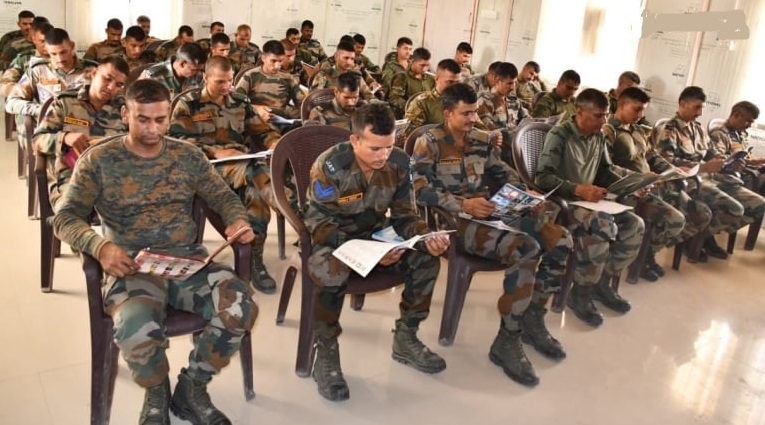 Agneepath Scheme replaced with Sainik Samman Scheme 2024, Defence Minister Rajnath Singh Relaunched Agniveer Scheme
Agneepath Scheme replaced with Sainik Samman Scheme 2024, Defence Minister Rajnath Singh Relaunched Agniveer Scheme
-
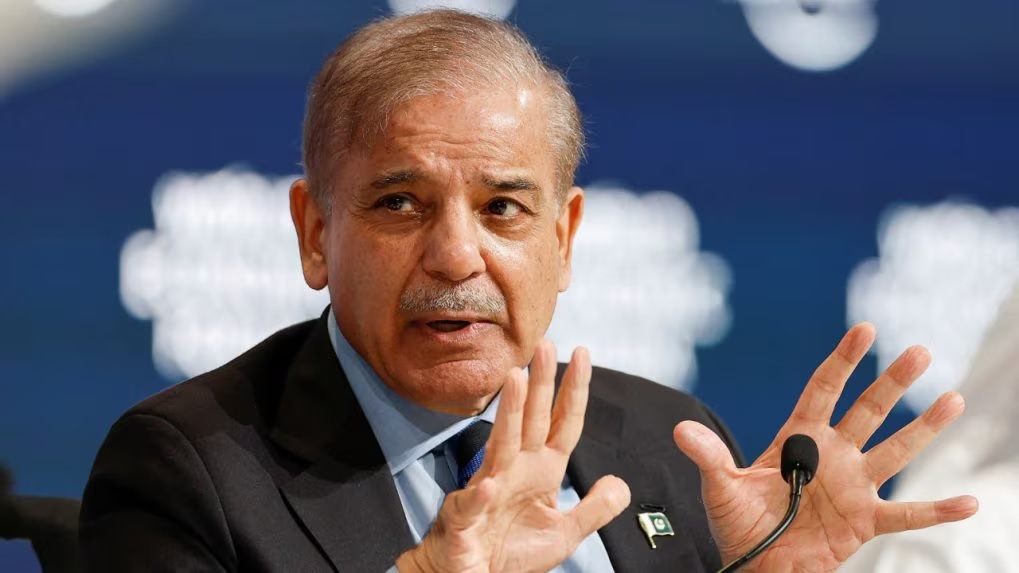 Pakistan Announces 15% Increase in Defence Budget for 2024-25 Amid Economic Crisis
Pakistan Announces 15% Increase in Defence Budget for 2024-25 Amid Economic Crisis
-
 China's Latest DF-31AG ICBM Test: A Strategic Leap in Global Missile Capabilities
China's Latest DF-31AG ICBM Test: A Strategic Leap in Global Missile Capabilities
-
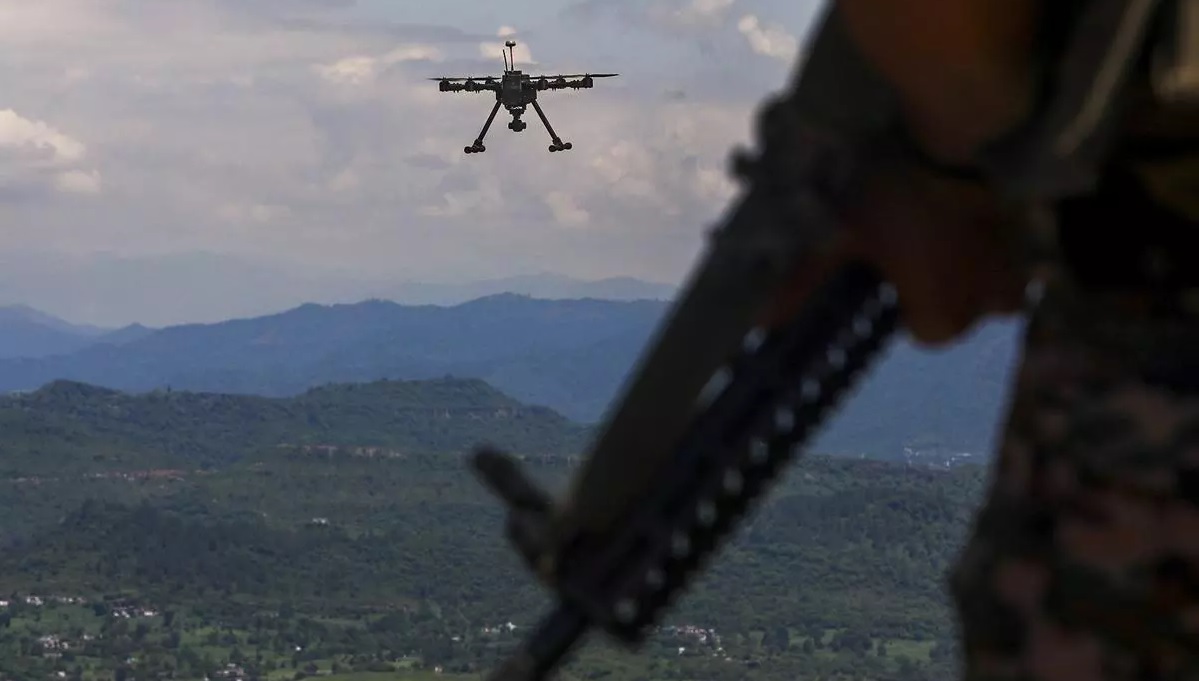 India's Defence Ministry Warns Against Chinese Parts in Military Drones Amid Security Concerns
India's Defence Ministry Warns Against Chinese Parts in Military Drones Amid Security Concerns
-
 China’s Super Radar Detects Mysterious Plasma Bubble Over Giza Pyramids
China’s Super Radar Detects Mysterious Plasma Bubble Over Giza Pyramids
-
 India's Indigenous Kaveri Engine Program with New Focus on Thrust and Performance
India's Indigenous Kaveri Engine Program with New Focus on Thrust and Performance
-
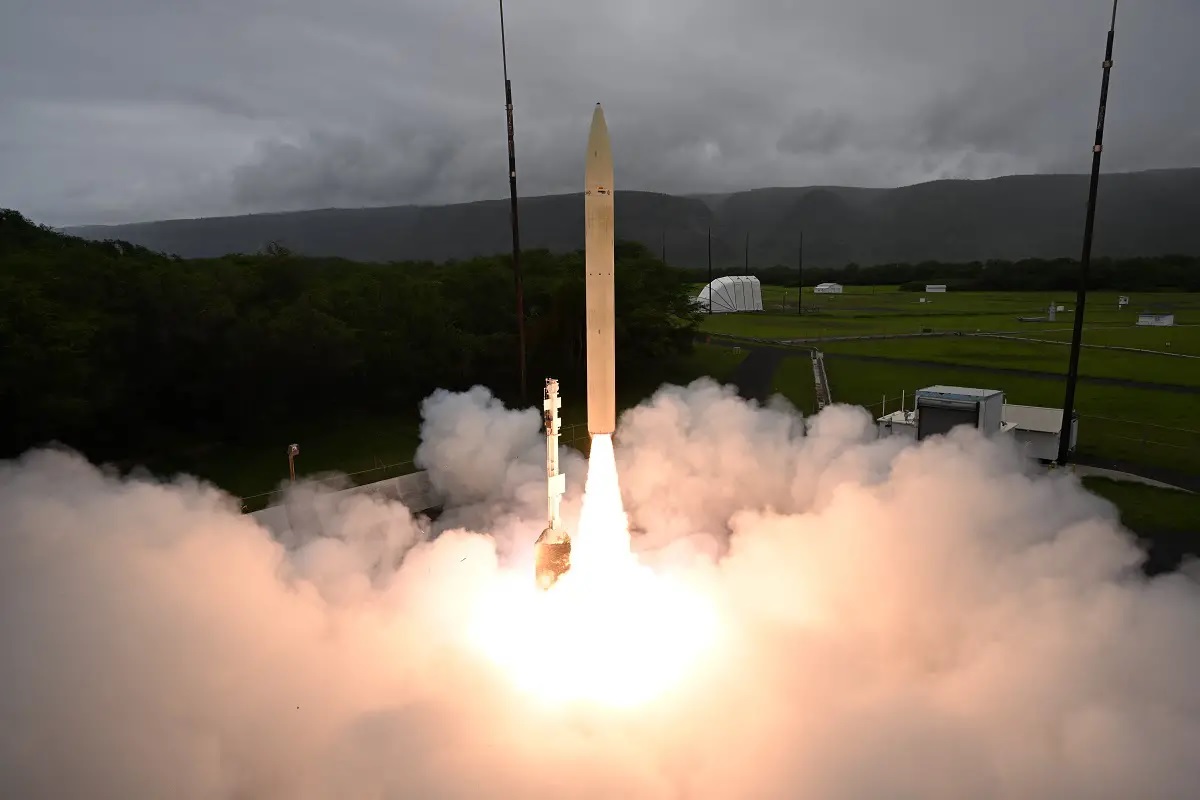 Successful Hypersonic Missile Test by U.S. Department of Defense
Successful Hypersonic Missile Test by U.S. Department of Defense
-
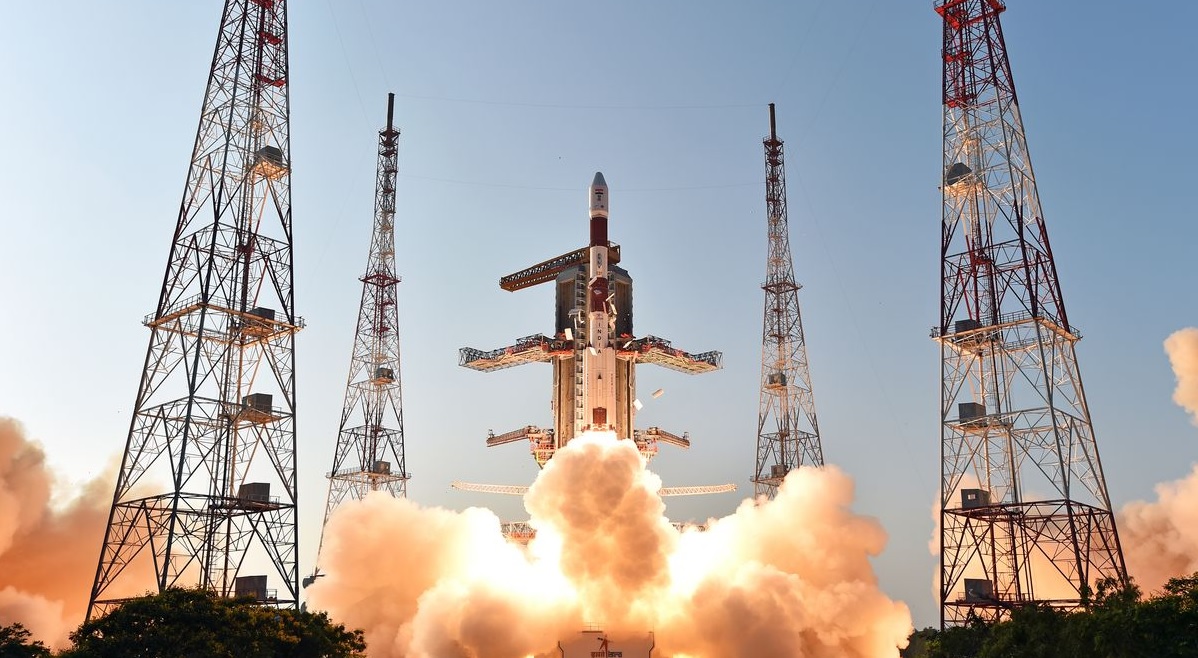 Isro Draws up Ambitious Plan for 2024, says will Launch at Least 12 Missions
Isro Draws up Ambitious Plan for 2024, says will Launch at Least 12 Missions
Top Trending in 4 Days
-
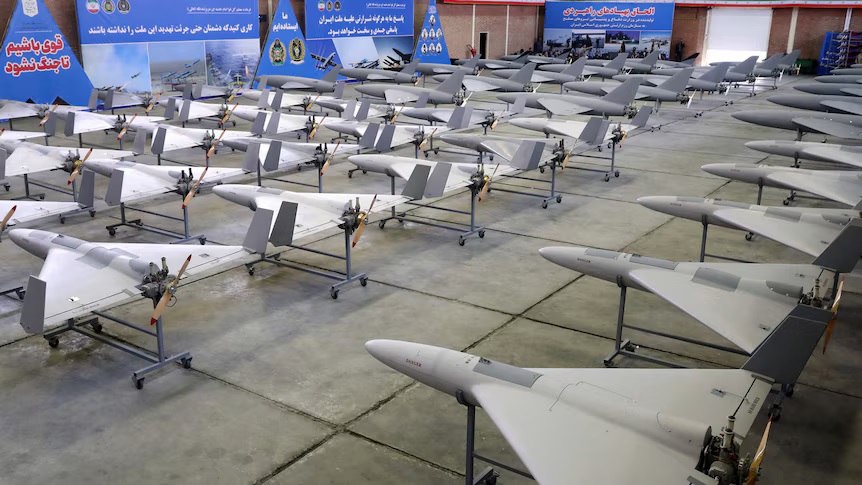 China’s Massive Kamikaze Drone Order Signals Strategic Military Expansion
China’s Massive Kamikaze Drone Order Signals Strategic Military Expansion
-
 ISRO to Launch Historic SpaDEX Mission on December 30, 2024: India’s First Space Docking Experiment
ISRO to Launch Historic SpaDEX Mission on December 30, 2024: India’s First Space Docking Experiment
-
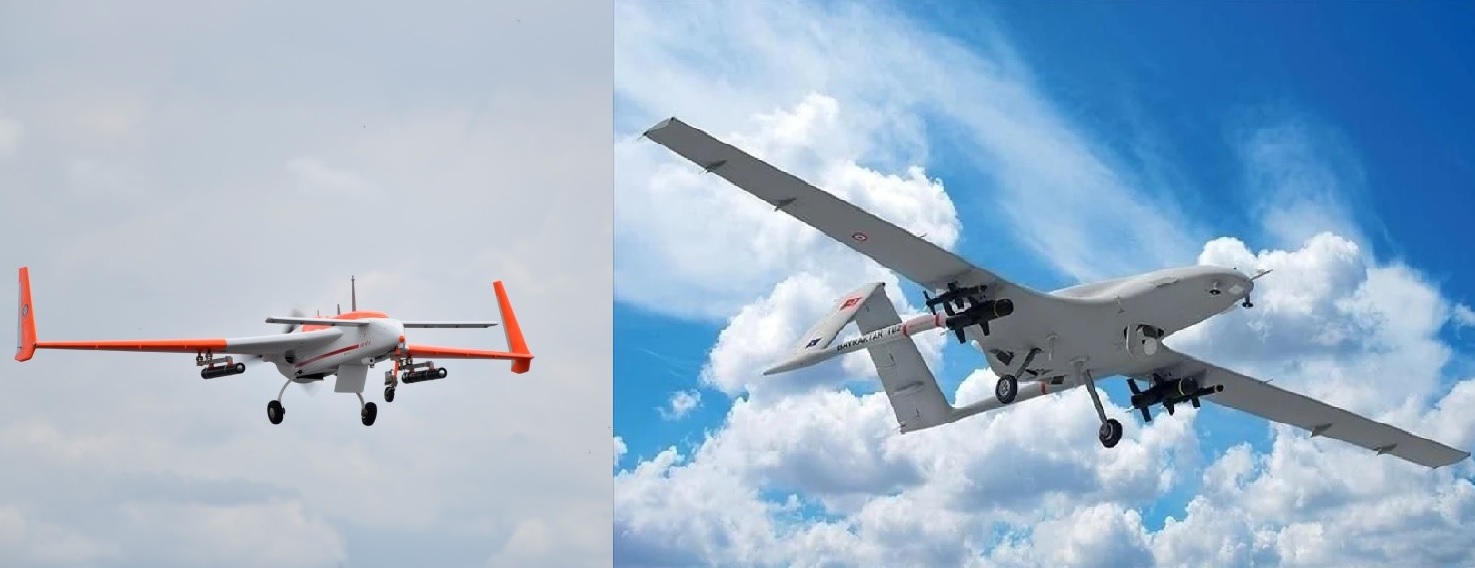 SRUAV-Weaponised vs Bayraktar TB2: A Detailed Comparison of India’s and Turkey’s Armed Drones
SRUAV-Weaponised vs Bayraktar TB2: A Detailed Comparison of India’s and Turkey’s Armed Drones
-
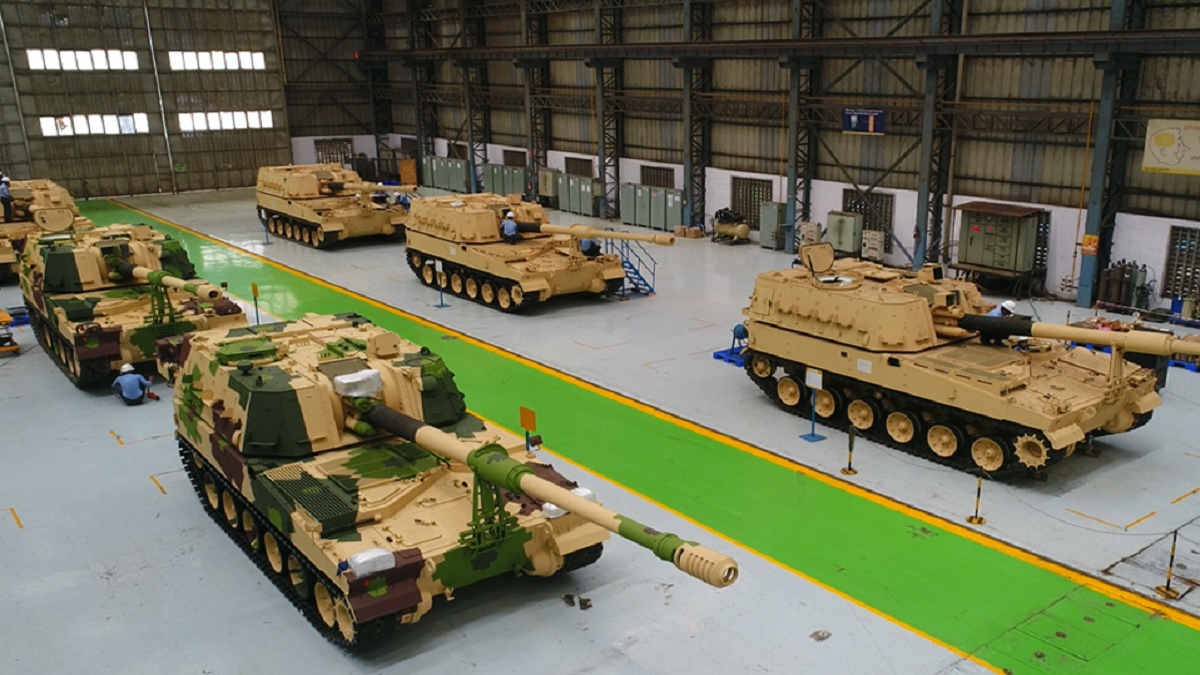 MoD Signs ₹7,628.70 Crore Deal with L&T for K9 Vajra-T Artillery Guns
MoD Signs ₹7,628.70 Crore Deal with L&T for K9 Vajra-T Artillery Guns
-
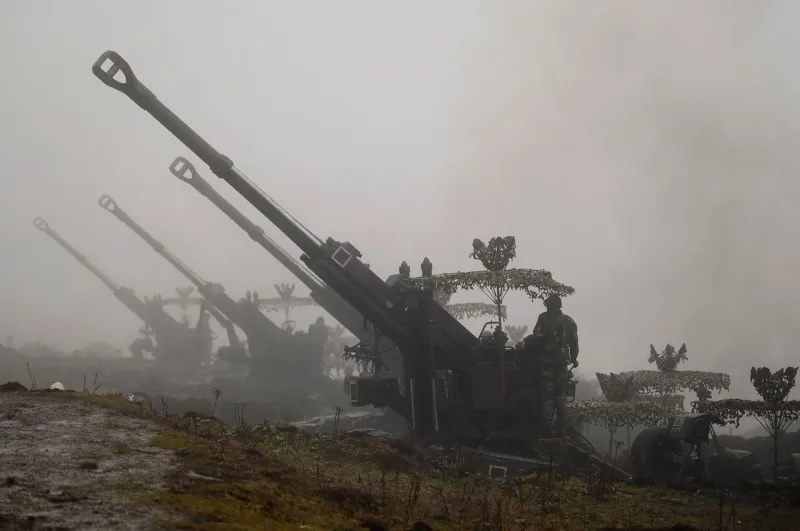 Pentagon Report: China Stations 120,000 Troops, Tanks, and Missiles Near Indian Border
Pentagon Report: China Stations 120,000 Troops, Tanks, and Missiles Near Indian Border
-
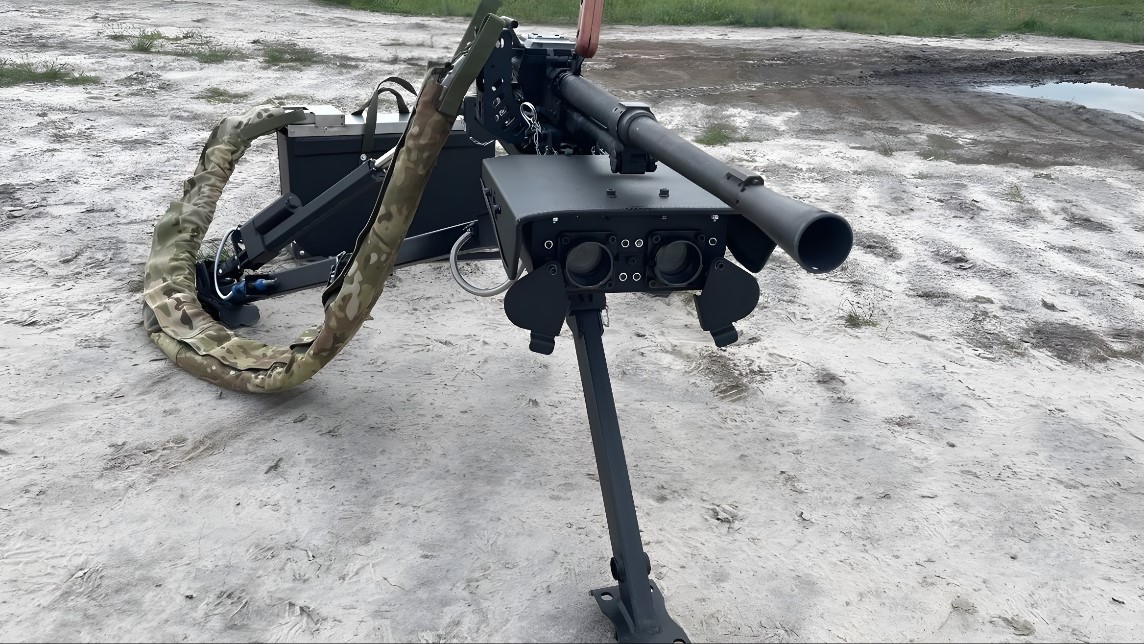 Robotic Wolly Turrets: Ukraine’s New Weapon Against Evolving Battlefield Threats
Robotic Wolly Turrets: Ukraine’s New Weapon Against Evolving Battlefield Threats
-
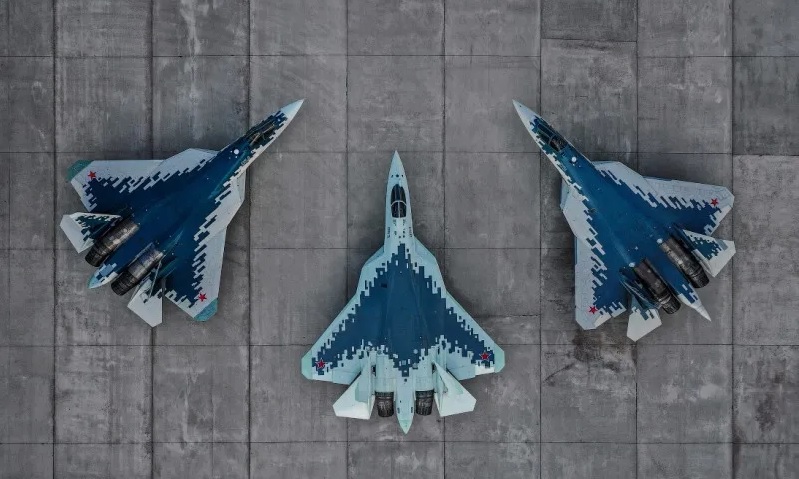 Russia to Propose 70 Su-57E Fighter Jet with AL-51F Engines G2G Deal to India During Putin's 2025 Visit
Russia to Propose 70 Su-57E Fighter Jet with AL-51F Engines G2G Deal to India During Putin's 2025 Visit
-
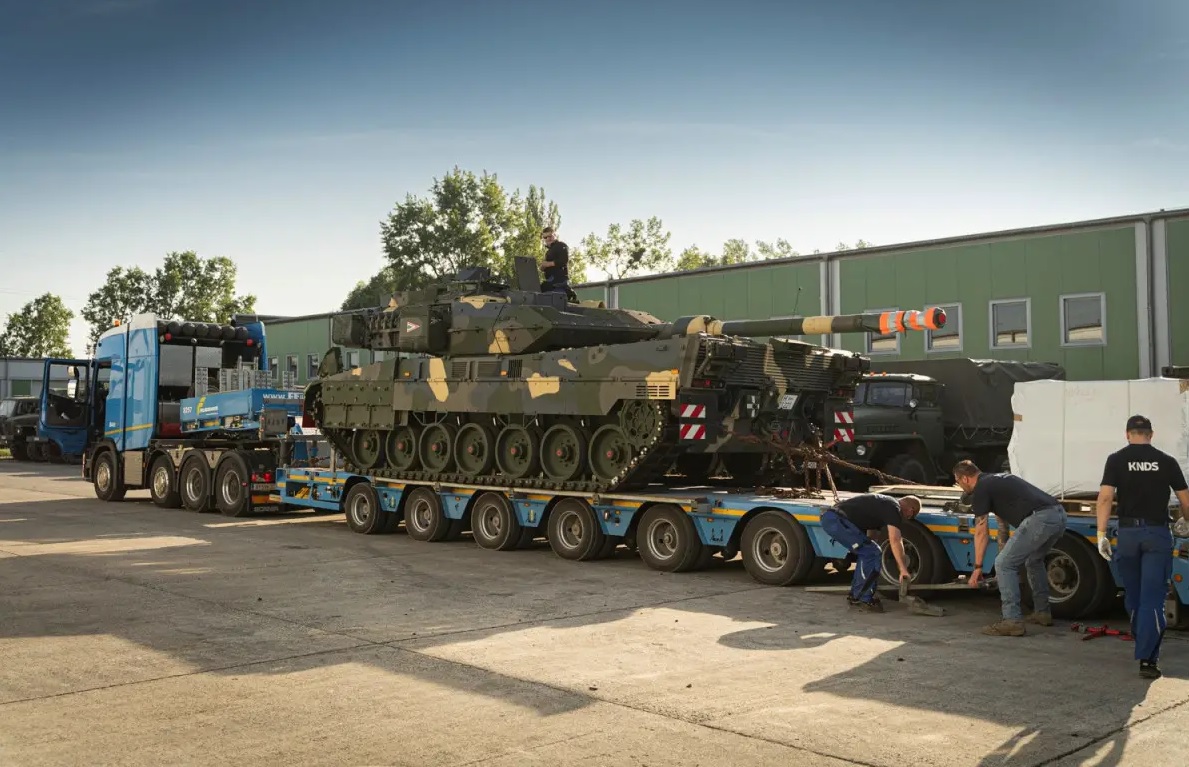 Hungary Receives 31 Leopard 2A7HU Tanks in Military Modernization Push
Hungary Receives 31 Leopard 2A7HU Tanks in Military Modernization Push

